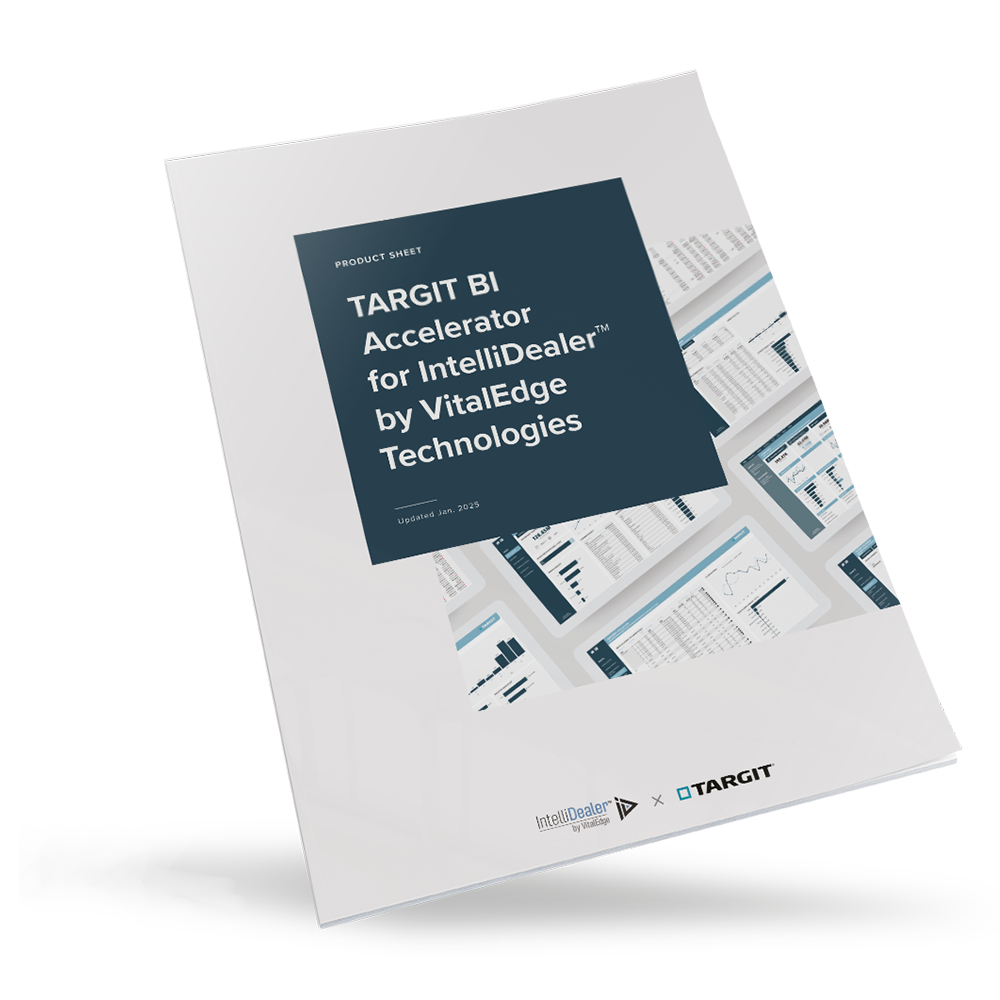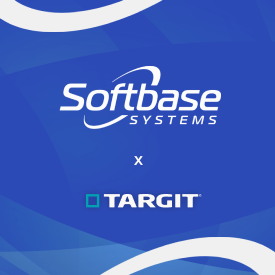- blog
- Three Reasons Why Heavy Equipment Dealerships Need BI
Three Reasons Why Heavy Equipment Dealerships Need BI

Heavy equipment dealerships could be losing revenue for three reasons:
- Dealers are incapable of tapping into the wealth of real-time customer data
- They are failing at communicating with each other
- They are not providing customers with a consistent experience across locations
The average dealer … knows 40 percent of its opportunity.
Shape Up or Ship Out
It's empirical for dealers to access additional information in all departments: Rental, sales, service, parts, and power systems. For example, dealers should know the amount of time it takes when a piece of equipment comes off rent and when it is available to be put back out on rent. They also need to measure the rental revenue from a customer and know how much more revenue is generated over a month, quarter, and year.
Leveraging data appropriately provides an incredible competitive advantage. Envision using data lakes where all manufacturing, dealer, customer, machine, parts, repair, marketing, and more data will reside, transforming that raw data into powerful visualizations, and providing dealerships higher margins, more sales, and maximum equipment utilization.
How to Leverage the Data?
The answer is that dealers need to be leveraging data with a business intelligence (BI) and analytics tool designed specifically for the heavy equipment industry. Only by harnessing the data at their fingertips will equipment dealers be able to better serve customers and easily tap into that aforementioned missing revenue.
Here are the three reasons why heavy equipment dealerships need BI
#1 Real-time Access to Customer Data
The data sensors on equipment are collecting vast amounts of user data every day. The data is there, it just needs to be captured, analyzed, and presented in user-friendly reports and dashboards that even the most non-technical employee can understand in a glance.
A comprehensive understanding of customer usage data not only helps heavy equipment Parts and Services departments stay on top of routine maintenance and upkeep, but it provides invaluable insight to the Sales departments looking to improve the customer experience.
The right analytics tool will allow dealers to provide an entirely new level of fleet management. This is a service that can be tacked on to any sale as an added benefit.
#2 Improved Communication with Sales Departments
Today, heavy equipment customers are increasingly brand agnostic. Customers’ priorities lie in improving their own bottom line. If your fleet can’t provide them with the piece or pieces of equipment they need, they won’t hesitate to check elsewhere.
In many dealerships, the sales department utilizes Customer Relationship Management (CRM) software that is standalone from their ERP/Accounting software, which creates silos of information. The gap between your inventory being in one system and your quoting in a separate system could result in a lost sale for you and a win for your competitor. The data from these two systems can be easily merged to provide a view of what is being quoted versus what is in stock or on order at all branches. Simple to read dashboards for forecasting, KPIs for sales pipeline updates, or a rolling 12-customer call report.
#3 A Consistent Customer Experience
“Customer expectations have changed,” Levenick said. “If they work with multiple dealers, they want to have a common experience wherever they go.” The customer experience should be the same whether they are dealing with a CAT dealer in Kalamazoo, MI., or Houston, Texas. If CAT dealers are leaving money on the table across their dealer network, then so is any multiple-location dealership.
The challenge of maintaining a consistent customer experience is having the proper processes and procedures in place and measuring the performance. Management needs the tools to measure performance, whether it is how many parts are picked correctly per hour, standard jobs performance and profitability, or the increase/decrease of rental utilization.
If You Can Measure It, You Can Manage It
Across the board, most dealers have yet to find a universal tool that meets all three of their needs that also fits three additional criteria:
- A low learning curve for non-technical staff
- A practical initial investment that won’t break the bank or snowball costs in the future
- A non-invasive tool that fits seamlessly into employees’ existing daily workflow
Until now. TARGIT Decision Suite’s analytics solutions for the heavy equipment industry put the unique needs of dealerships at the forefront. TARGIT Decision Suite is a business intelligence solution for heavy equipment dealers that delivers full insight into every aspect of your fleet. Get real-time access to KPIs such as rental utilization, return of an average asset, and market basket analyses.
With TARGIT, data is delivered in common sense dashboards that even the most non-technical employee can easily wrap their head around in just a few seconds. With TARGIT’s embedded analytics solutions, users can access those dashboards directly from the tools they already use, right in their email, or on screens hanging from the office walls.
And perhaps best of all, TARGIT knows how to keep the total cost of ownership low. In fact, we’ve written a guide on it. Embrace the shift to data-driven excellence for your company and watch your sales strategy transform.




